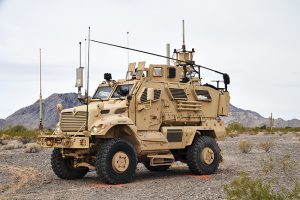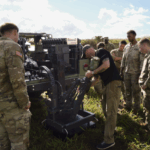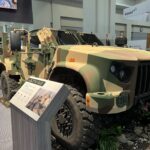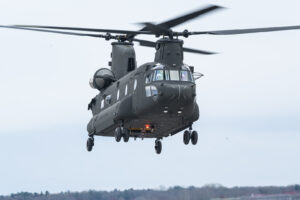
Lockheed Martin [LMT] beat out General Dynamics Mission Systems [GD] to continue on the Army’s program to develop a new long-range electronic warfare (EW) capability, the service said on Tuesday. The Army awarded Lockheed Martin a $36.7 million deal to work for the next 21 months on the second phase of the Terrestrial Layer System–Echelons Above Brigade (TLS-EAB) program, which will include building physical prototypes of the system. "Phase 2 advances the prototype from design and lab-based demonstrations to a…

 By
By 











